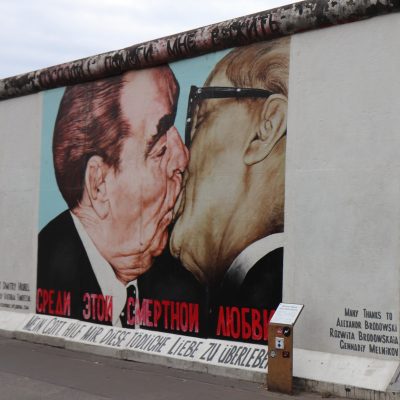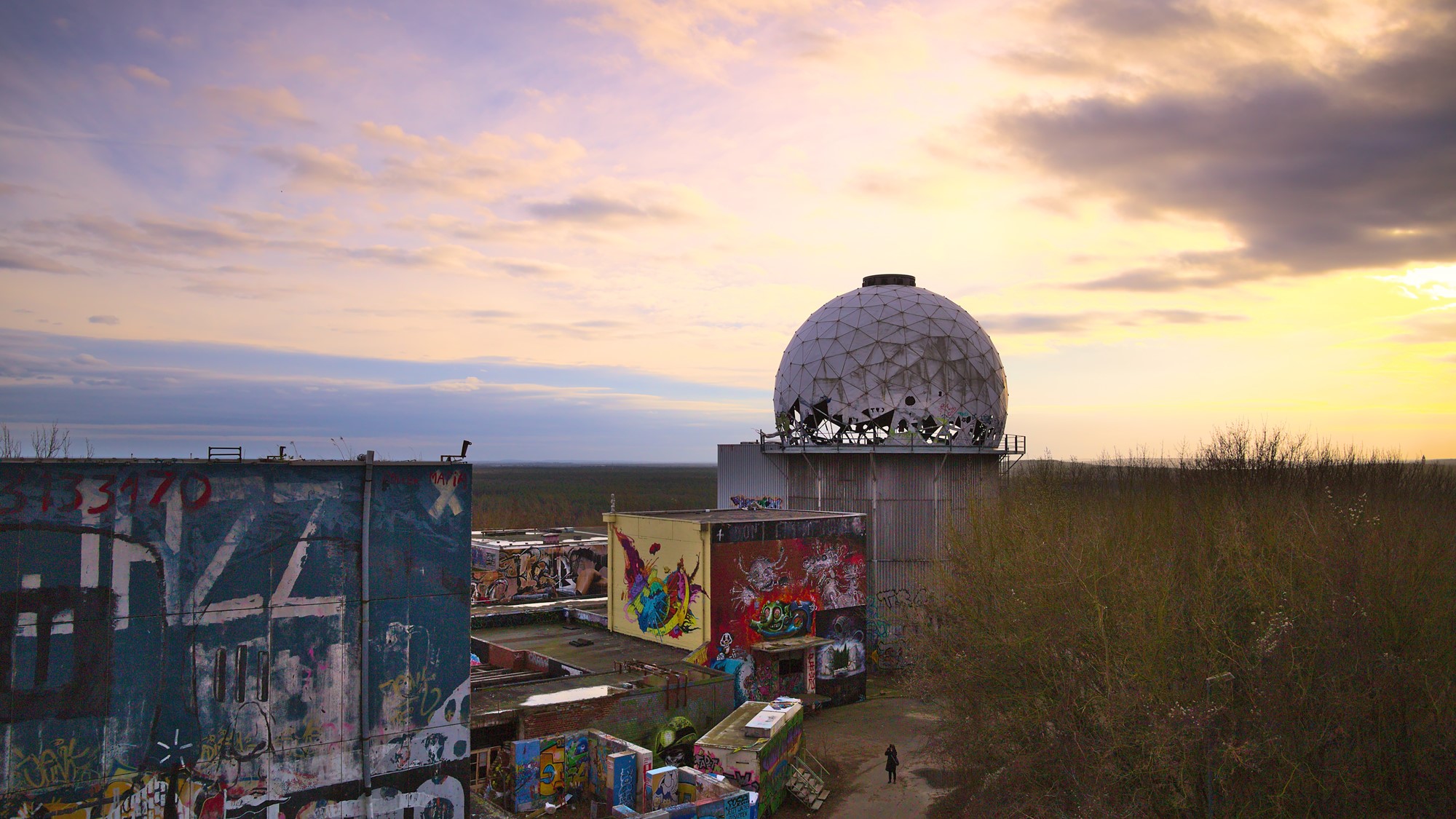Germany Travel Guide
Reasons to Visit Germany




… and traditional Christmas Markets.
About Our Germany Travel Guide
Interesting Things to Know About Germany
The nation state of Germany was founded in 1871, with the establishment of the German Empire. What existed before that for around 1,000 years was a confederation of autonomous princely states within the Holy Roman Empire. Today Germany has 16 constituent states. As the modern state of Germany was formed from a collection of a number of older states, it has a federal constitution whereby constituent states have retained a certain degree of sovereignty.
Archaeological evidence for the earliest ancient humans in Germany dates to around 600,000 years ago. The earliest known fossilised remains of non-modern humans, Neanderthals from around 40,000 years ago, were found in the Neander Valley. The earliest dated remains of modern humans are from Swabian Jura mountains. Here, archaeologists have also found what is thought to be the oldest musical instrument, a flute dated to around 42,000 years ago. As well as a carved statuette of a lion-human figure that dates to around 40,000 years ago.
In 1450 Johannes Gutenberg introduced movable metal type in Europe and printed the so-called Gutenberg Bible in Mainz. This is not the first use of movable type, that was in China. A couple of hundred years in Hamburg, the theologian and poet Johann Rist is widely accepted to have created the first magazine. Published regularly between 1663 and 1668 under the name of ‘Erbauliche Monaths Unterredungen’ (German for Edifying Monthly Discussions) it was not the first to use the word ‘magazine’, although it thought to have inspired many the publications that followed that were called magazines
Some of the Christmas traditions we now take for granted, particularly in the West, such as the Christmas tree and the Christmas market, originated in Germany. The first record of a Christmas Market is from 1434 in Dresden (Saxony). The modern practice of bringing a pine tree into the house and decorating it, is thought to have originated in Germany. Decorating the house with evergreen wreaths is known about in Europe as far back as the Romans and their festivities during Saturnalia. In the 16th century Martin Luther is supposed to have been the first to add candles to an evergreen tree. Certainly, by the 19th century it was seen as a part of German culture and an expression of Gemütlichkeit (warmth and friendliness).
Apparently there are 2,100 castles in Germany. That is more than double the 1,000 different types of sausage produced. And there are fewer different types of bread, 300 or so. As the second largest consumer of beer in the world, Germans make over 1,500 different types of beer.
What's On in Germany 2024
Find Places to Visit in Germany
Featured Destination

NORTH FRISIA
Sustainable Travel in Schleswig-Holstein
Five Popular Attractions in Germany





Explore Germany more deeply
Where to Go in Germany
Baden-Württemberg
Bavaria
Brandenburg
Bremen
Hesse
Lower Saxony
Mecklenburg-Western Pomerania
North Rhine-Westphalia
Rhineland-Palatinate
Saarland
Saxony-Anhalt
Schleswig-Holstein
Historic Cities in Germany
What to See in Germany

Roman Germany - Germania

Forts, Castles & Palaces

Holocaust, WWII & the Third Reich

Cold War Sites & Memorials

Germany has so much to offer visitors throughout the year, whether you are interested in Roman ruins or castles and palaces, festivals or street art. Having been living in Germany since 2018, I still get excited for the start of Advent and planning trips to Christmas markets I have yet to visit. While nothing compares to the festive atmosphere of a Weihnachtsmarkt, a mug of steaming mulled wine and a tasty bratwurst in a fresh bread roll, it is the local traditions that vary from town to town that I find so enchanting.
PLAN YOUR TRIP TO GERMANY
Create Your Own Sightseeing Itinerary for Germany
Using the regional and thematic guides linked to above you can create your own travel lists (such as places you have been to, places you would like to visit) and itinerary for your trip to Germany. These lists and itinerary can be shared with your friends, privately and on social media. To make use of this feature, you will need to login or register as a new user. Registering to use our itinerary builder is free of charge.
Recommended Day Trips & Guided Tours From GetYourGuide
We believe that GetYourGuide offers the best range of cultural and historical guided tours, day trips and other experiences on offer in Sardinia. Those below are the three that we have used ourselves. See a full list of tours, day trips and other experience available for Germany. Other providers of these activities include Tiqets, Viator and Civitatis.

















